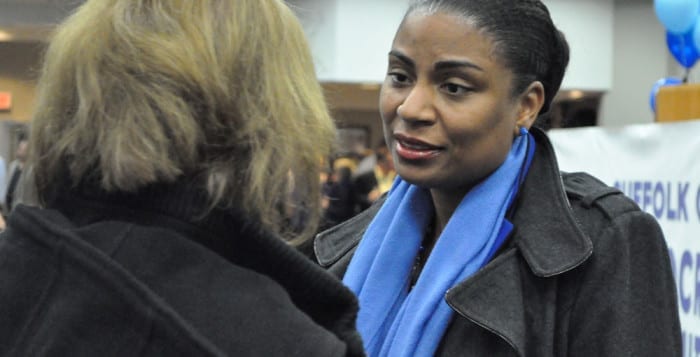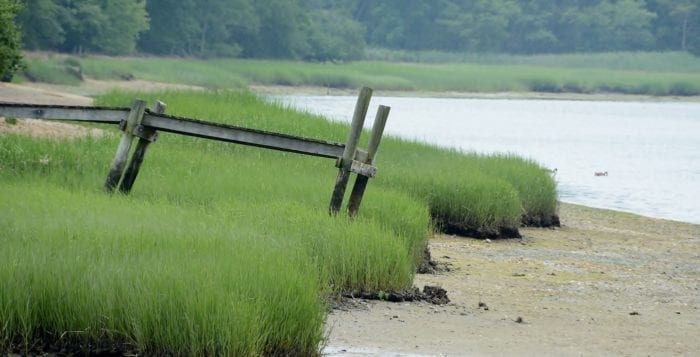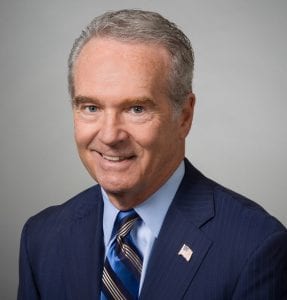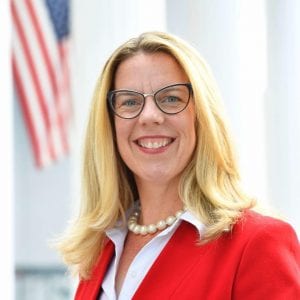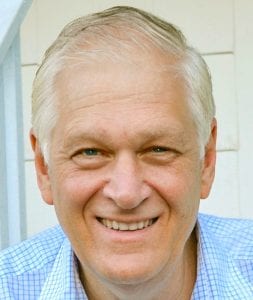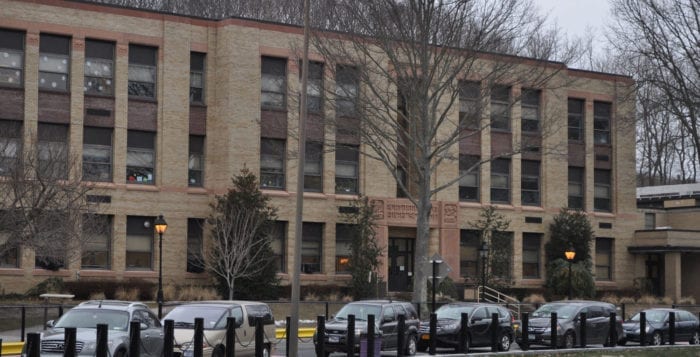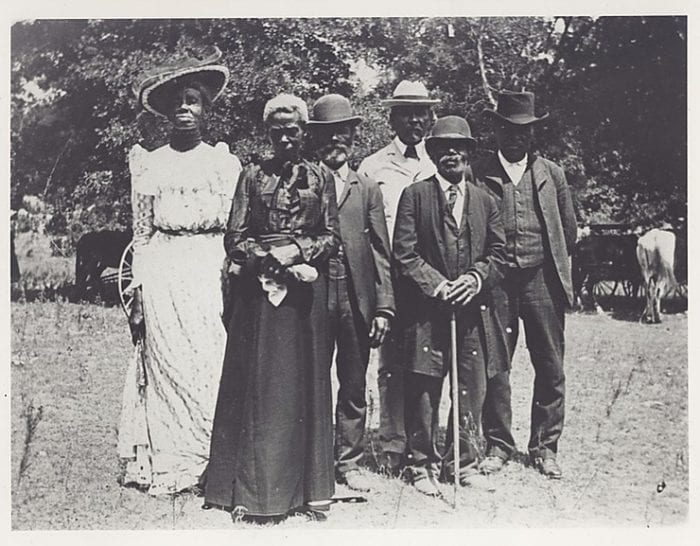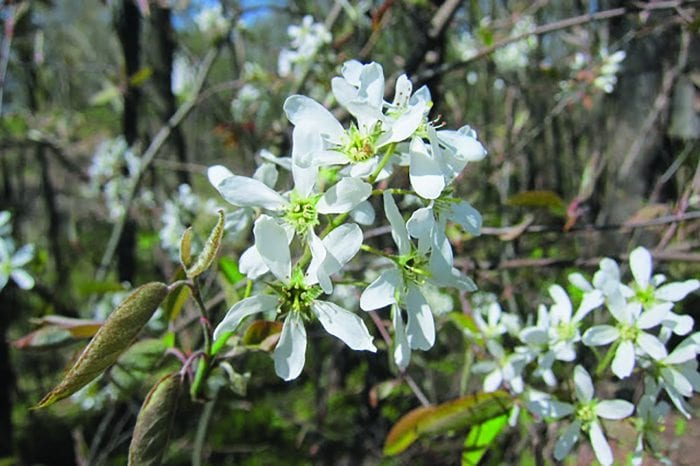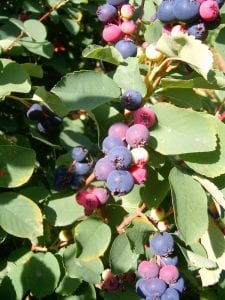By George Hoffman
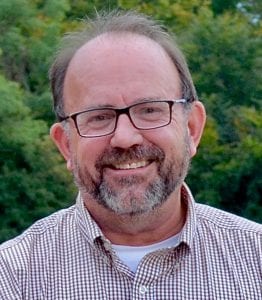
With the likely election of Brookhaven Town Councilwoman Valerie Cartright (D-Port Jefferson Station) to the New York State Supreme Court as a justice in the 10th District this November, it will mean that residents of Council District 1 will be choosing a new town councilperson at the beginning of next year.
Before prospective candidates come forward, I thought it might be worthwhile to suggest a list of attributes that our next councilperson should possess.
1. Be active in community affairs.
Our new councilperson should be someone who is involved in the local community. Council District 1 has numerous and active community organizations from civic groups, historical societies, chambers of commerce, volunteer fire and rescue companies, youth athletic leagues and school and library boards.
Having a background in local civic affairs means that our new councilperson knows who the community leaders are and what’s important to the community.
2. Have a nonpartisan attitude.
Our new councilperson should be someone who builds relationships with the others rather than stirs up partisan conflict. Town government deals mostly with the delivery of services like garbage pickup, road repair, snow removal, maintaining the parks and town facilities. Most issues of the Town Board are nonpolitical and should not be used for scoring partisan points. New York City Mayor Fiorello La Guardia famously said, “There is no Democratic or Republican way to pick up garbage.”
3. Makes friends not waves.
Though we are currently living in very partisan times, Americans continually tell pollsters that they want their elected officials to work together rather than fight amongst themselves and get nothing done. Our next councilperson should leave their party registration at the door of town hall and build relationships with their colleagues on the board and in town government to make our town a better place.
4. Understand the importance of our history, harbors and open spaces.
The Town of Brookhaven was first established on the shores of Setauket Harbor, 365 years ago. The people who live here are coastal people and want their leaders to protect this legacy. They also are proud of the role our ancestors played in early American history, helping Gen. George Washington and his armies overcome the British forces. Protecting the historic Washington Spy Trail, what we now call NYS Route 25A, is central to that history.
5. Be fiscally prudent.
Though some in our area are very well off financially, most of us are holding our own in an area that has a very high cost of living. Our next councilperson needs a sense of prudence when deciding how much town government can spend in providing necessary services to its residents. Now with the challenge of dealing with the impacts of the COVID-19 crisis, town government will have to restructure itself and learn to do more with less. Something much easier said than done. Our next councilperson will need a sense of balance in making tough fiscal choices in the next budget process.
But more importantly, our next councilperson needs to care about our town and community, and always put their interests ahead of party and self.
George Hoffman is active in civic affairs and currently serves as vice president of the Three Village Civic Association and is one of the founders of Setauket Harbor Task Force. He recently was co-chair of the Town of Brookhaven Citizens Advisory Committee for the Route 25A corridor. Hoffman has worked as a chief of staff in three of Suffolk’s biggest towns and served as a district director for a local congressman.
TBR News Media invites community members to submit their thoughts on what qualities they believe the next councilperson should possess. Submissions can be emailed to [email protected].

